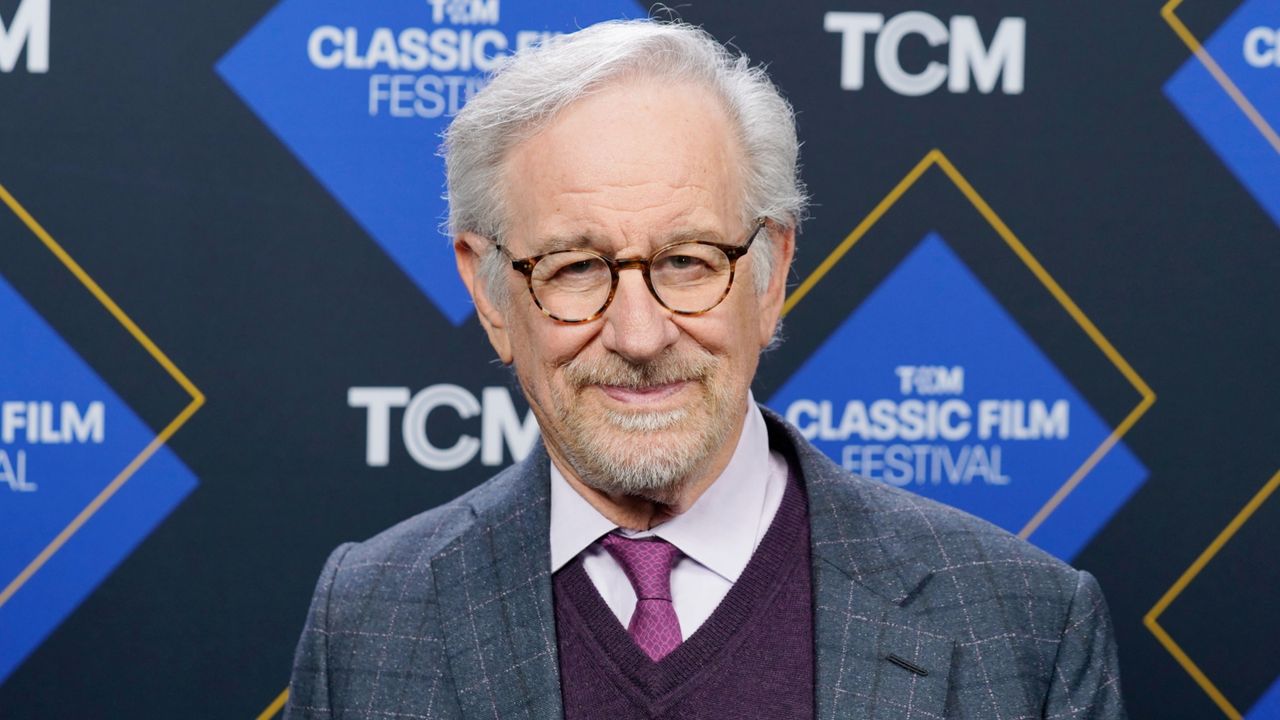Spielberg and Williams’ Reunion: A Cinematic Gospel for the Cult of Nostalgia, Igniting the Culture Wars of Alien Revelation and Artistic Integrity
The announcement of Steven Spielberg’s new UFO movie with the legendary composer John Williams marks a momentous occasion in cinematic history, but it also resurrects old battles that stir the cauldron of nostalgia, realism, and artistic integrity in modern filmmaking. This collaboration, their 30th, has the potential to be as polarizing as it is celebrated, bringing to the forefront themes that resonate not only within the film community but also intersect deeply with cultural divides in society today.
Spielberg and Williams, a duo synonymous with cinematic magic, have created some of the most iconic scores and films that have defined generations. Their previous collaborations, which include classics like “Jaws,” “E.T. the Extra-Terrestrial,” and “Schindler’s List,” have left indelible marks on both popular culture and the craft of filmmaking. However, as Spielberg delves into the realms of extraterrestrial narratives once again, questions surrounding the sincerity of nostalgia versus the quest for relevance arise. This conflict mirrors broader cultural tensions that permeate society, where the longing for a simpler past clashes with the demands for progress and change.
The choice of a UFO theme is particularly provocative in today’s climate, given the resurgence of interest in unidentified aerial phenomena (UAPs) and the government’s recent revelations regarding their existence. Spielberg’s engagement with this topic invites both excitement and skepticism. While many view it as an opportunity to explore issues of disclosure and extraterrestrial life, others may see it as a frivolous venture, diverting attention away from pressing societal concerns. This polarization highlights the ongoing cultural war that pits those who embrace speculative fiction against those who prioritize realism and the urgent issues facing humanity.
John Williams’ involvement as the score composer further complicates the narrative. Williams’ music is often regarded as the emotional backbone of Spielberg’s films, capable of elevating simple scenes into profound moments of human experience. However, this raises an important question: does the use of such a renowned composer enhance the artistic integrity of a potentially sensationalist narrative? Or does it risk overshadowing the film’s message with an aura of nostalgia that could detract from contemporary discussions surrounding truth, belief, and the unknown?
The legacy of both Spielberg and Williams adds another layer to this conversation. Their past triumphs have often been celebrated for their innovation while also criticized for their adherence to traditional storytelling methods. This new project could be seen as a reflection of their desire to bridge past influences with present-day realities. Nonetheless, it also risks alienating a segment of the audience that may prioritize fresh voices and perspectives over established giants in the industry. The tension between tradition and innovation mirrors broader societal debates about authority, authenticity, and the place of established cultural icons in a rapidly evolving world.
Moreover, this collaboration comes at a time when Hollywood is grappling with issues of representation and diversity. As Spielberg embarks on another journey into science fiction, scrutiny will undoubtedly arise regarding whose stories are being told and from what perspective. Criticism has long been directed at Hollywood for its often narrow portrayal of marginalized communities, and any missteps in addressing these concerns could lead to further backlash. Thus, the new film will not merely be observed for its entertainment value, but for the narratives it engages with and the potential messages it sends regarding inclusion and visibility in speculative storytelling.
The backdrop of current events, where discussions about climate change, technology, and global politics dominate the discourse, adds further complexity to Spielberg’s UFO narrative. The fascination with potential extraterrestrial life often reflects a deep-seated anxiety about the future of humanity and our place in the cosmos. By choosing to explore this theme, Spielberg and Williams position themselves within a lineage of filmmakers and artists who have used science fiction as a lens to examine the human condition. Yet, it remains to be seen whether their approach will provoke meaningful conversations or simply serve as another blockbuster spectacle.
As this collaboration unfolds, it is clear that the reactions will be mixed. Supporters will champion the nostalgic connection and the artistic prowess of Spielberg and Williams, viewing their partnership as a celebration of cinematic history. On the other hand, critics may label it a regressive venture, prioritizing sentimentality over substance. The division it creates will be emblematic of larger cultural rifts, reflecting society’s struggle to reconcile tradition with the urgent need for innovation and inclusion.
In the end, Spielberg and Williams’ new UFO film marks yet another chapter in their storied partnership, but it is also a microcosm of the broader discussions that are shaping the cultural landscape today. Will it be celebrated as a landmark in cinema, or will it be criticized for its failure to evolve with the times? As audiences await this new venture, the hearts and minds of viewers will be just as pivotal as the visuals on screen, making this collaboration not just a film to watch, but a flashpoint for discourse that echoes far beyond the silver screen.




